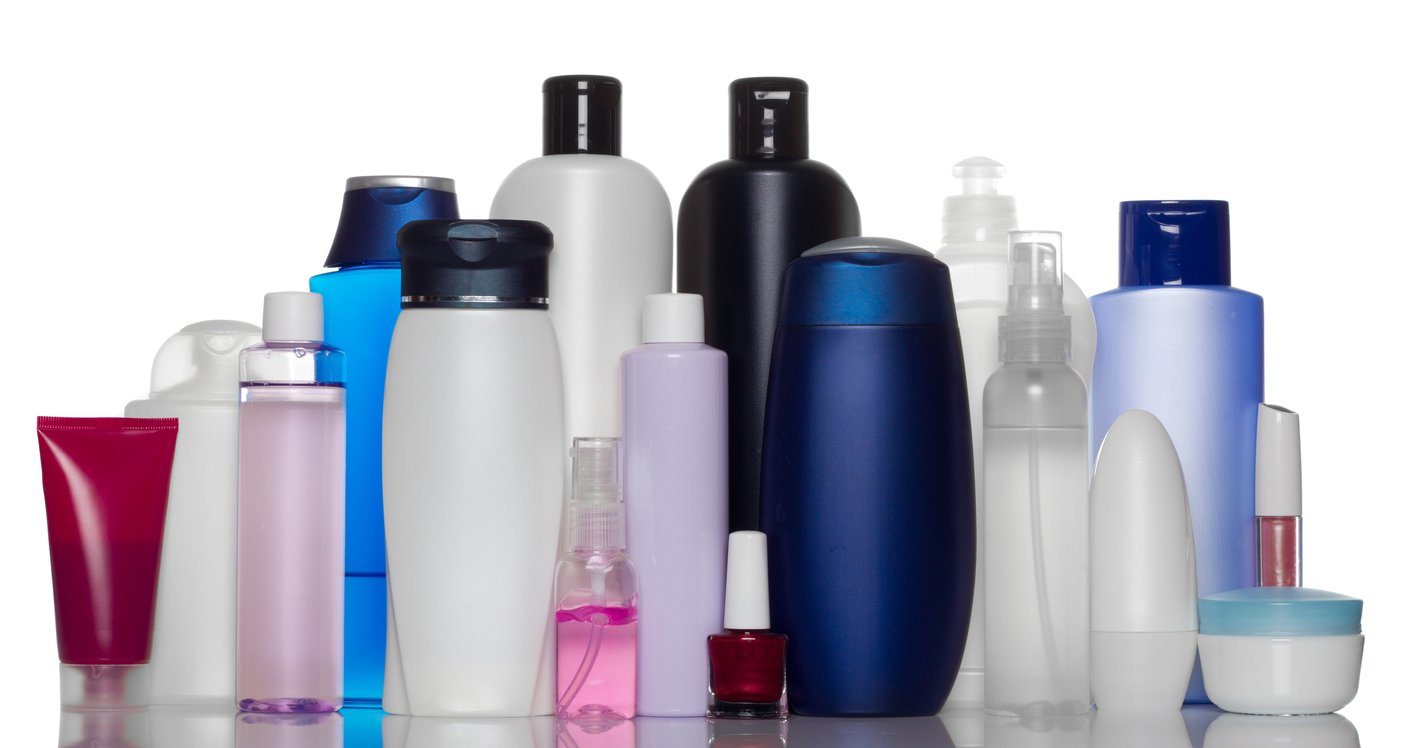FDA OTC Sunscreen Compliance: A Complete Guide for U.S. Market Registration
Introduction
Sunscreens are considered Over-the-Counter (OTC) drug products in the United States and are subject to strict regulatory oversight by the U.S. Food and Drug Administration (FDA). If you’re a cosmetic brand, private labeler, or manufacturer looking to sell sunscreen products in the U.S., you must ensure full compliance with the FDA OTC drug regulations, including the relevant sunscreen monograph, labeling standards, registration processes, and potentially, new requirements under MoCRA.
This comprehensive guide will walk you through all the essential steps required for FDA OTC sunscreen registration and compliance, covering the product classification, formulation criteria, labeling rules, establishment registration, and listing process.
1. Are Sunscreens Regulated as Drugs or Cosmetics?
In the U.S., sunscreens are regulated as OTC drugs, not cosmetics, because they claim to prevent sunburn or reduce risks associated with UV exposure (such as skin cancer and premature aging). As such, they fall under the regulatory framework of:
- Federal Food, Drug, and Cosmetic Act (FD&C Act)
- 21 CFR Part 352 (Sunscreen Monograph) – although this section is currently reserved, the final order under CARES Act governs compliance
- MoCRA (Modernization of Cosmetics Regulation Act) – relevant only for cosmetics or hybrid products with dual claims
2. Compliance Pathways for FDA OTC Sunscreen Products
There are two regulatory routes to market for sunscreens:
A. Monograph (Non-NDA) Route
Sunscreens that comply with the final OTC Sunscreen Monograph Order (published under the CARES Act) can be marketed without FDA pre-approval, provided they meet strict conditions.
Key requirements:
- Only use GRASE (Generally Recognized As Safe and Effective) active ingredients (e.g., zinc oxide, titanium dioxide)
- Follow the FDA’s required dosage forms (e.g., lotion, spray, stick)
- Labeling must strictly follow Drug Facts format
- Must comply with testing requirements (e.g., SPF, broad spectrum, water resistance)
- Facility and product must be properly registered and listed
B. New Drug Application (NDA)
If a sunscreen contains a non-monograph active ingredient or does not meet monograph requirements (e.g., novel delivery system), it must be approved via a full NDA or ANDA, a costly and lengthy process involving clinical studies.
3. Permitted Active Ingredients in FDA-Compliant Sunscreens
The current FDA GRASE status for UV filters is outlined in the Final Order:
✅ GRASE Category I (Approved):
- Zinc oxide
- Titanium dioxide
⚠️ Category II & III (Not GRASE or Pending Data):
- Avobenzone
- Oxybenzone
- Octinoxate
- Homosalate
- Octisalate
- Octocrylene
(Use still permitted, but FDA has requested additional safety data for long-term use. Formulators must monitor updates.)
4. Sunscreen Labeling Requirements (FDA Drug Facts Panel)
Labeling must comply with the Drug Facts format under 21 CFR 201.66. Critical requirements include:
- Statement of Identity: “Sunscreen” with SPF value
- Drug Facts Panel with headings: Active Ingredients, Purpose, Uses, Warnings, Directions, Inactive Ingredients, Other Information
- SPF and Broad Spectrum statements (must be substantiated)
- Water resistance (40 or 80 minutes) – must be tested
- Expiration date and lot number
- Net contents and manufacturer details
⚠️ Warning Statements:
- “For external use only”
- “Keep out of reach of children”
- “Stop use and ask a doctor if rash occurs”
5. FDA Facility Registration and Drug Product Listing
All sunscreen products marketed in the U.S. under the monograph system must complete the following:
A. Drug Establishment Registration (CDER)
All domestic and foreign facilities that manufacture, pack, or label OTC sunscreens must register with FDA CDER via the eDRLS system using Structured Product Labeling (SPL) format.
- Renewed annually between October 1 – December 31
- Foreign facilities must appoint a U.S. Agent
B. Drug Product Listing
Each individual product (SKU) must be listed with the FDA, including:
- NDC number (National Drug Code)
- Labeler code assigned by FDA
- Complete SPL file with:
- Drug facts
- Container information
- Package insert (if applicable)
💡 Tip: Listings must be updated if there’s any change in formulation, label, manufacturer, or marketing status.
6. Stability Testing & Expiry Dating
FDA requires sunscreen products to have stability data supporting:
- Shelf life (typically 2–3 years)
- Preservation system efficacy
- Container compatibility
- Water resistance, if claimed
This testing should follow ICH Q1A(R2) principles and be available upon FDA inspection.
7. Sunscreen Testing Requirements (SPF, Broad Spectrum, Water Resistance)
All claims on sunscreen labels must be substantiated through valid laboratory testing, conducted per FDA-approved methods.
Required Tests:
- SPF Testing (per 21 CFR 201.327)
- Broad Spectrum UVA/UVB Testing
- Water Resistance (40 or 80 min)
- Photostability
- Optional: PA rating (not FDA recognized), consumer perception tests (not accepted as proof)
Laboratories should be ISO/IEC 17025 accredited and experienced in FDA validation protocols.
8. MoCRA & Dual-Use Sunscreen-Cosmetic Products
The Modernization of Cosmetics Regulation Act (MoCRA) applies if your sunscreen is:
- Combined with cosmetic claims (e.g., tinted moisturizer with SPF, foundation with sun protection)
- Marketed primarily as a cosmetic
For these hybrid products, MoCRA registration, safety substantiation, and adverse event reporting also apply in addition to drug regulations.
9. Importing Sunscreens into the U.S.
For foreign-made OTC sunscreen products:
- FDA establishment registration and drug listing are mandatory
- A U.S. Agent is required for correspondence
- The manufacturer must be cGMP-compliant
- The product must be cleared through U.S. Customs with accurate FDA product codes
- Labeling must be in English and meet all FDA OTC requirements
10. Common FDA Enforcement Issues with Sunscreens
Non-compliant sunscreen products can face:
- Import refusals or holds
- Warning letters for unapproved drug claims or misbranding
- Detention Without Physical Examination (DWPE)
- Market withdrawal or product recalls
Common issues include:
- Unsupported SPF/broad spectrum claims
- Missing or incorrect Drug Facts
- Unregistered manufacturing facilities
- Non-GRASE ingredients
11. How Cosmereg Can Help
At Cosmereg, we assist clients globally with:
✅ FDA OTC sunscreen compliance audits
✅ eDRLS/CDER registration & SPL submission
✅ Establishment Registration
✅ U.S. Agent representation
✅ Label review and Drug Facts compliance
✅ SPF and water resistance testing coordination
✅ Cosmetic-MoCRA hybrid product compliance
📩 Contact us to request a quote or compliance checklist.
Conclusion
Launching an FDA-compliant OTC sunscreen in the U.S. requires rigorous attention to ingredient selection, testing, labeling, registration, and marketing claims. Staying within the sunscreen monograph ensures a faster and less burdensome regulatory pathway — but non-compliance can result in serious consequences.
If you’re a brand, distributor, or manufacturer entering the U.S. sunscreen market, following the steps above will help ensure your product is legally compliant and market-ready.



